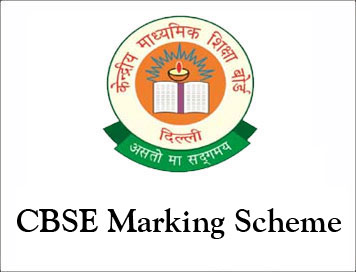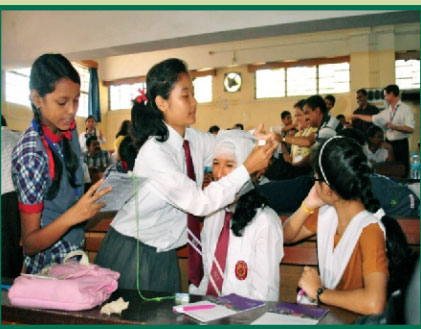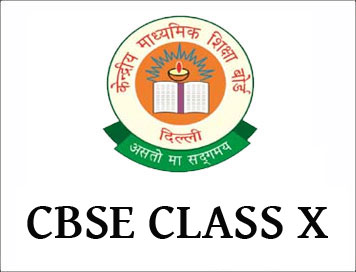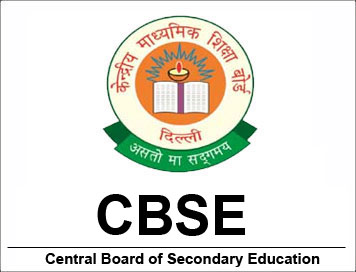CBSE PORTAL : Class-10 2017-18 Sample Paper And Marking Scheme (Business) | |
| Class-10 2017-18 Sample Paper And Marking Scheme (Business) Posted: 29 Sep 2017 03:43 AM PDT |
| Q. No | Question | Marks |
| 1 | Which of the following is not a feature of personal selling: a) develop personal relationship with customer b) personal form of communication c) flexible tool of promotion d) communicated through some media | 1 |
| 2 | ____________are considered as a cushion of security. a) Equity b) Debentures c) Retained Earnings d) Trade Credit | 1 |
| 3 | Exchange of information between sender and receiver is known as: a) Directing b) Controlling c) Organising d) Communication | 1 |
| 4 | Centralised control in MNC's implies control exercised by a) Headquarters b) Government c) Branches d) Subsidiaries | 1 |
| 5 | Document that is sent by the seller to a potential customer offering to sell goods or services at a certain price is known as: a) Debit note b) Credit note c) Quotation d) Accounts Payable | 1 |
| 6 | Debentures are ______________type of capital of a company. a) Fluctuating b) borrowed c)Permanent d) Fixed | 1 |
| 7 | Invoice is prepared by ____________________in case of sale of goods a) Buyer b) Seller c) Bank d) Lender | 1 |
| 8 | Delhi Cloth Mills (DCM) Store is an example of which of the following: a) Mail Order House b) Multiple Shops c) Departmental Stores d) Super Markets | 1 |
| 9 | The process of communication is incomplete without____________ a) Rumours b)Feedback c) Encoding d) Decoding | 1 |
| 10 | Which of the following is a type of Non- store retailing a) Consumer Cooperative Store b) Selling through internet c) Franchisee d) Chain stores | 1 |
| 11 | Which of the following is an impersonal form of communication? a) Advertising b) Marketing c) Personal Selling d) Promotion | 1 |
| 12 | Reliance Jio distributed free sim cards for enhancing its customer base. Which promotion technique did the company adopt? a) Contests b) Sampling c) Lucky draw d) Rebate | 1 |
| 13 | _____________________is not a feature of a departmental store. a) Centralised location b) Wider Range c) Central purchases d) Specialised in one line product | 1 |
| 14 | ___________ is an association of persons formed for carrying out business activities and has a legal status independent of its members is known as: a) Joint Hindu Family b) Partnership c) Consumer Cooperative society d) Company | 1 |
| 15 | Equity shareholders are called (a) Owners of the company (b) Partners of the company (c) Debtors of the company (d) Creditors of the company | 1 |
| 16 | Signature of a company is known as : a) Trademark of the company b) Logo of the company c) common seal d) signature of the director | 1 |
| 17 | Equity share capital is a permanent source of finance. Explain | 3 |
| 18 | State any three limitations of Mail Order Business | 3 |
| 19 | Briefly explain Radio as a media of advertising. | 3 |
| 20 | 'Multinational Corporation creates employment in the host country'. Do you agree with the given statement? Give valid reasons in support of your answer. | 3 |
| 21 | Define Advertising. State any three difference between Advertising and Personal selling. | 4 |
| 22 | Explain the preferential rights enjoyed by Preference Shareholders over Equity Shareholders. | 4 |
| 23 | Discuss how a buyer can exercise the methods of 'purchase by sample' and 'purchase by inspection'. | 4 |
| 24 | Discuss the role of sender and receiver in the communication process under a business organisation. | 4 |
| 25 | No business organisation can imagine communication activities without telephone in the modern times'. Elaborate the given statement in the light of the present day communication methodologies. | 4 |
| 26 | State the steps involved in selling procedure. | 4 |
| 27 | Automatic Vending Machine is a new and innovative way of direct retailing. In the light of given statement state the advantages of Automatic vending machine. | 4 |
| 28 | State any four features of a multinational corporation. | 4 |
| 29 | Distinguish between public and private company on the basis of the following: a. Number of members b. Prospectus c. Number of directors d. Transfer of shares e. Minimum paid up capita | 5 |
| 30 | Explain any two sources of owner's fund that can be used for raising finance by a business organisation. | 5 |
| 31 | 'Video Conferencing has been growing rapidly as a method of communication for the present day business organisations'. Discuss the advantages of the method in the light of the given statement. | 5 |
| 32 | Discuss briefly the following : a) Debit Note b) Credit Note | 5 |
| 33 | Write short notes on :- a. Email b. Letter | 5 |
| 34 | Explain the following two methods of purchase of goods:- a) Instalment Method b) Hire Purchase Method | 5 |
| 35 | Give any five point of distinction between Departmental and Chain Stores | 5 |
| 36 | Discuss briefly the following techniques of sales promotion, with suitable examples: a) Rebate b) Discount c) Refund d) Contest e) Lucky Draw | 5 |
Click Here To Download Full Sample Paper
Click Here To Download Full Marking Scheme
Courtesy: CBSE
| You are subscribed to email updates from CBSE PORTAL : CBSE, ICSE, NIOS, JEE-MAIN, AIPMT Students Community. To stop receiving these emails, you may unsubscribe now. | Email delivery powered by Google |
| Google Inc., 1600 Amphitheatre Parkway, Mountain View, CA 94043, United States | |




